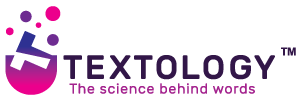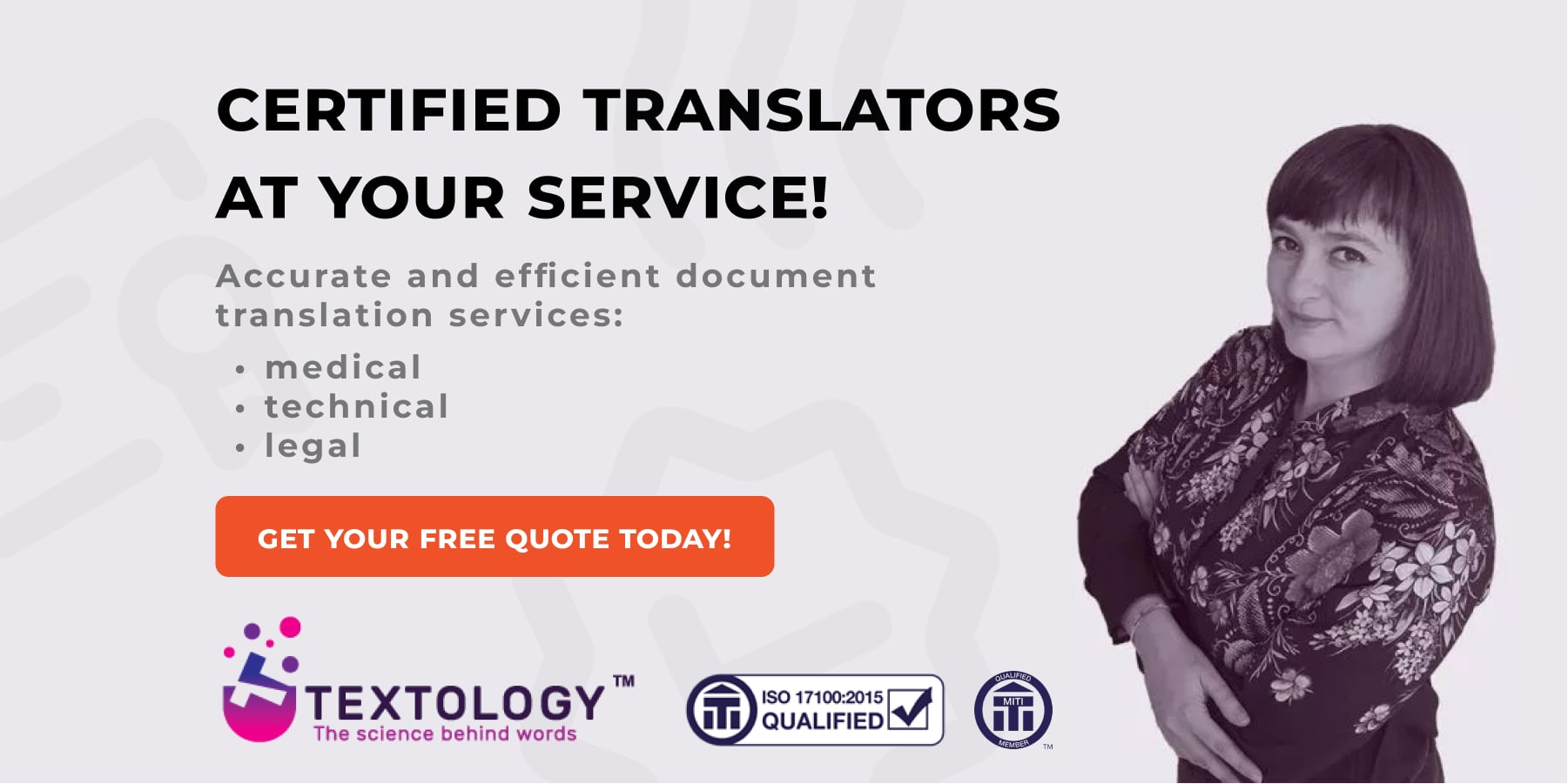
Although both transcription and translation sound similar and are a part of the language industry, they are entirely different services and shouldn’t be confused for each other. Let’s take a closer look at language transcription and what differentiates it from language translation.
What is transcription?
The definition of transcription process is rather simple – it means putting spoken language into written form (including printing it). This also includes utterances in sign language and texts written in other writing systems (e.g., putting Cyrillic or Kanji into its phonetic representation). Thus, audio transcription services can deal with anything from recorded voice notes, through radio transmissions, to dialogues in movies – yes, that’s precisely where subtitles come from. Transcribing audio materials also makes them more accessible for the deaf and hard of hearing community.
Types of transcription services
Transcribing audio content can be done in various ways, but the most common transcription types are verbatim, intelligent, phonetic, and edited.
Verbatim transcription
The most direct and “raw” form of transcription – it captures every sound, including verbal pauses (all the “uhms”, “ahs”, “hmms” etc.), throat clearing and everything else that comes out of the speaker’s mouth. It also includes indicators of laughter and noises occurring in the background, such as doorbells, door creaking, phone ringing and so on. This type of transcription is most prolific in legal settings, where all the tiniest details are important. It’s also helpful when you need to time subtitles with the onscreen action.
Example: “I ah saw the uh (2-seconds of mumbling) yeah culprit run out of the ummm (car honks in the background and the speaker reacts with an insulting gesture) you know the shop”.
Intelligent verbatim transcription
This type of transcription retains the original speech while editing out the repetitions and distracting filler words. The goal here is providing a more readable transcript without altering the meaning of the spoken word.
Let’s get back to the aforementioned example, which would look like this now: “I saw the culprit run out of the shop.”
Phonetic transcription
Texts produced this way include phonetic symbols that indicate the way each word is spoken. Phonetic transcription uses the standardized representation of speech sounds (the so-called phonemes), known as the International Phonetic Alphabet (IPA), that applies to all languages. For example, the word “street” would be written as “stri:t”, which indicates a long “i” sound.
Why would you need a phonetic transcription? Firstly, it can be a great boon when you’re learning new languages or while comparing different dialects. The second most common use of it are film scripts for period motion pictures, as it illustrates how words have changed over time and how they should be pronounced to stay true to a given era. Languages aren’t stagnant – they evolve all the time, and the pronunciation changes in just decades.
Edited transcription
An edited script ends up formalized and free of slang, grammatical mistakes, and incomplete sentences. This produces a more formal text, ideal for business dealings and official correspondences. But there’s a catch – by altering the speech this way it’s easy to lose the original meaning, which is unacceptable for e.g., biographies and other literary works that include important language nuances.
Here’s an example:
- Before transcription: “Y’all better scram or I’ll get the coppers ‘ere.”
- And after: “Leave now, or I’ll call the police.”

The differences between translation and transcription
The first notable difference is the source material. Transcription mostly operates on audio or video materials, while translation services deal mainly with written words on both ends. But this is more of a fluid boundary line, as they both can work with the same types of materials.
The main difference between transcription and translation is that transcriptions are done in the same language as the source material, while translations transition the original content from one language into the target language. This means that transcripts from video files can be later translated into other languages like Spanish, German, Japanese and so on. On the other hand, you can translate directly from the source material, leaving out the transcription part, but this ups the risk of missing the meaning, especially when there are idioms and proverbs involved or the speech is really slang-heavy.
Another difference worth mentioning comes in the set of needed skills. For transcription, you’d need a keen ear and at least a good grip of the material’s language and its structure (depending on the type of transcription). A translator must be an expert on grammar and technical/stylistic aspects of both the source and the target language, plus any jargon or technical terminology that occur in the text.
When would you require transcription or translation services?
There are many situations that require either transcription or translation (or sometimes both).
For example, transcription can be used for:
- Making audio material available for the deaf
- Creating subtitles or captions for videos
- Preparing material for translation
- Complementing the original material in legal dealings
- Making reference materials for quick-checking the content of the audio/video recording
- Preparing scripts for voice-overs
- Summarising presentations, audio logs, podcasts etc. in a more “clean” manner.
Translation services are needed for, among others:
- International business dealings
- Making materials understandable for a wider audience
- Addressing foreign customers
- Localizing websites
- Presenting documents to governmental bodies (when you’re a foreigner)
- Transitioning literary work into other languages
- Presenting research papers to international science societies.
If you’re looking for a professional translator, be sure to check our post on how to choose the best translator.
How to choose the best transcription service provider?
Although at first glance language transcription might seem easy, for the best effects you’ll need a qualified language expert. Always check the experience of the service provider, especially if you’re in need of edited or phonetic transcription. Next, check the opinions of former clients and ask for a sample text, this will help you determine the approximate quality that can be delivered to you. And last but not least, don’t be swayed by the lowest price. If the cost is way lower than in other offers, the chances are you’ll end up with someone with little to no experience, and you’d have to commission it again somewhere else.
To make sure your needs are met, employ a reliable and reputable service provider such as TEXTOLOGY. We are a London-based translation agency that provides a wide range of language services, including technical translations and audio/video transcriptions. Request a free non-obliging quote and learn what we can do for you!

